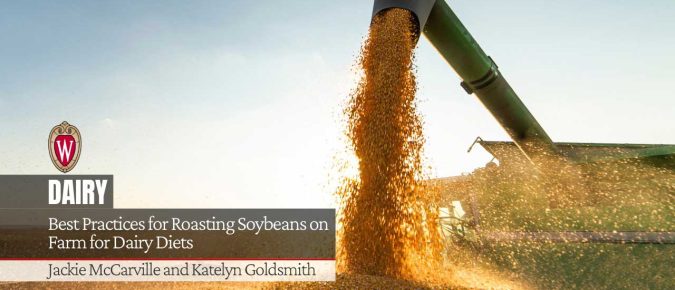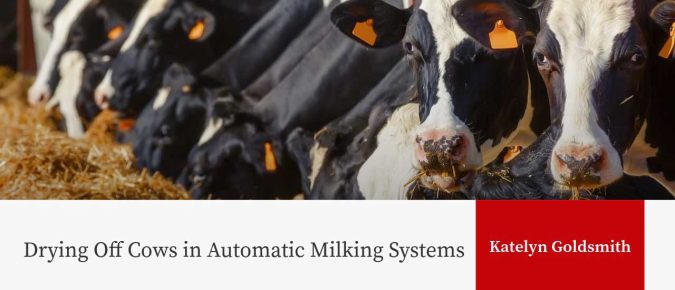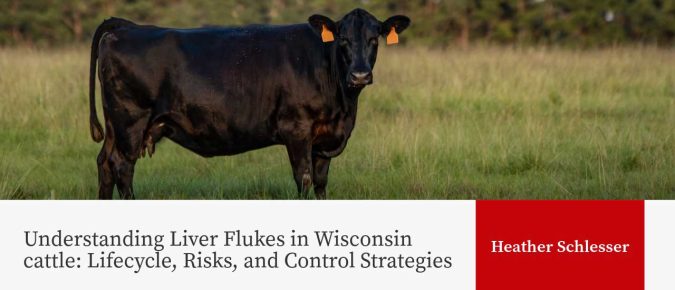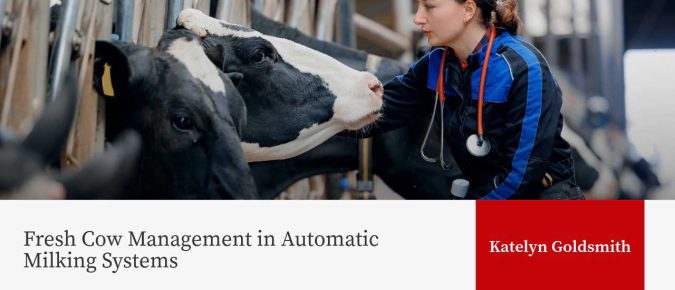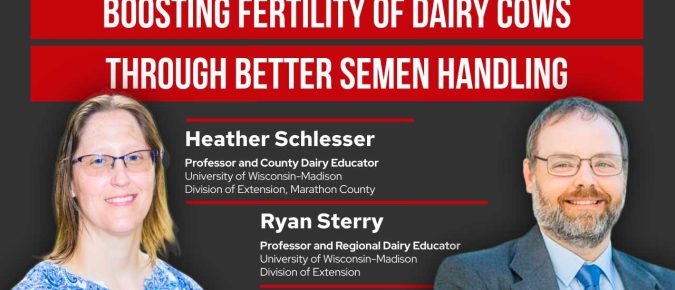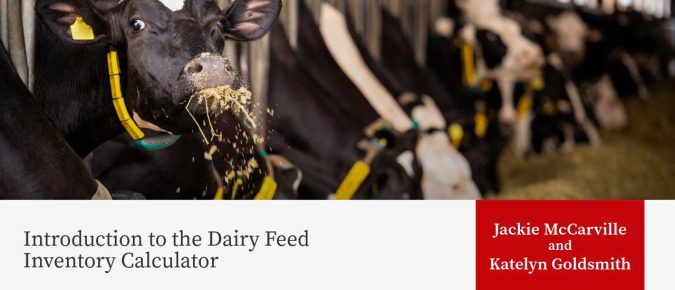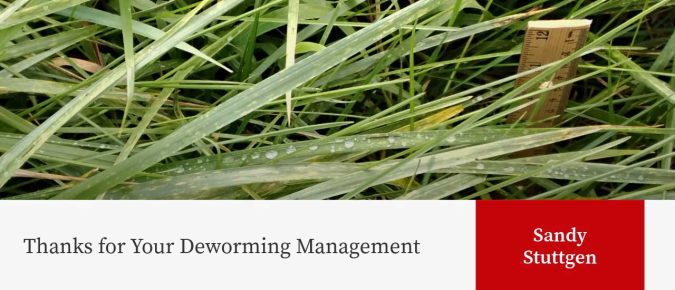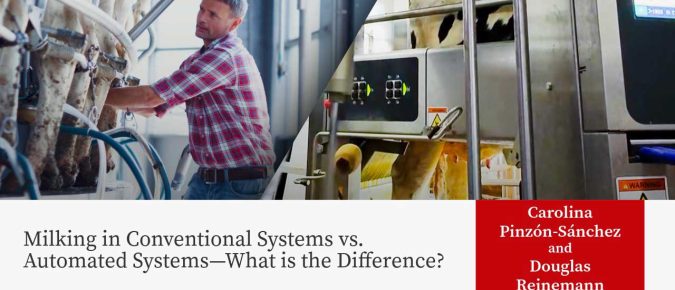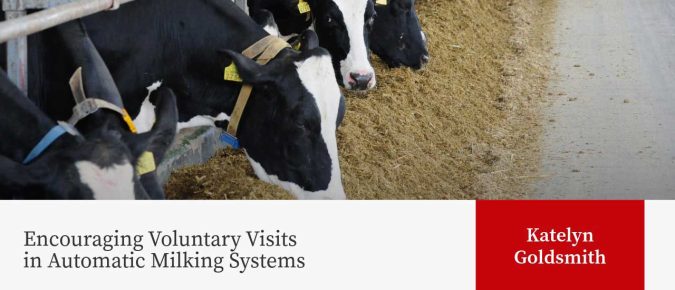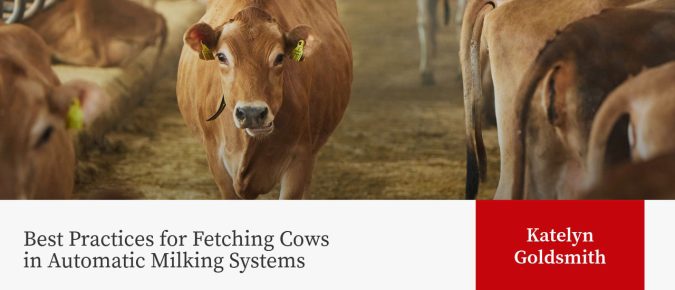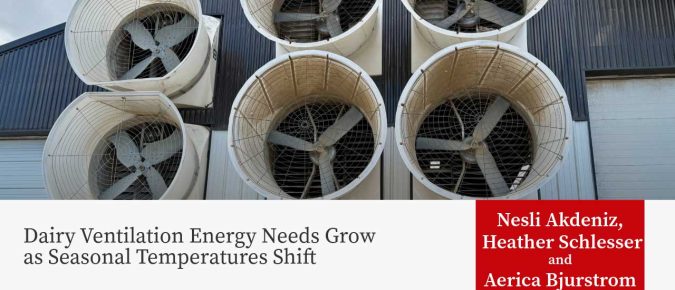Articles
Best Practices for Roasting Soybeans on Farm for Dairy Diets
Roasted soybeans have increased protein digestibility, higher rumen undegradable protein (RUP) content, and reduced presence of anti-nutrients like trypsin-inhibitors.
Drying Off Cows in Automatic Milking Systems
This article explores the primary strategies for drying cows off in automatic milking systems (AMS). Broadly, dry-off strategies fall into two categories: abrupt or gradual.
Understanding Liver Flukes in Wisconsin cattle: Lifecycle, Risks, and Control Strategies
Cattle herds in Wisconsin face ongoing challenges from two species of liver flukes—Fasciola hepatica (the common liver fluke) and Fascioloides magna (the deer liver fluke). These parasitic flatworms can cause significant liver damage, reduce animal productivity, and increase the risk of secondary infections, such as Redwater Disease.
Fresh Cow Management in Automatic Milking Systems
While many core strategies for fresh cow management apply across both conventional and Automatic Milking Systems (AMS), AMS facilities introduce some unique considerations. Understanding these can help farmers optimize cow health, production, and farm workflow.
▶️ Watch: Boosting Fertility of Dairy Cows Through Better Semen Handling
In this video Ryan Sterry and Heather Schlesser discuss proper semen handling to enhance breeding success in dairy cows.
Introduction to the Dairy Feed Inventory Calculator
he Extension Dairy team created a spreadsheet to help approximate harvested forage inventory and the forage needs for a dairy operation.
Udderly Essential AMS Maintenance Tips
Maintaining an Automatic Milking System (AMS) is like maintaining a car or a tractor. Many maintenance tasks are simple, routine, require minimal time, and can be performed by farm staff.
Thanks for Your Deworming Management
“On behalf of intestinal helminth parasites everywhere, I would like to thank dairy and beef producers for hosting us in their cattle and on their pastures this summer. Despite your management efforts, we reproduced inside your cattle.”
Milking in Conventional Systems vs. Automated Systems—What is the Difference?
Understanding how milk harvesting functions within an Automated Milking System (AMS) is essential for any dairy producer considering its adoption.
Encouraging Voluntary Visits in Automatic Milking Systems
What makes Automatic Milking Systems (AMS) different from conventional systems is that cows bring themselves to the robot to be milked. While this allows for greater flexibility in managing tasks and cow routines, it also introduces a new management challenge: fetch cows.
Best Practices for Fetching Cows in Automatic Milking Systems
In Automatic Milking Systems (AMS), some cows may not visit the AMS as often as expected and need to be fetched for milking. The goal is to not only get the cow milked, but to do so in an efficient way that encourages her to return voluntarily in the future.
Dairy Ventilation Energy Needs Grow as Seasonal Temperatures Shift
Seasonal temperature shifts directly affect the energy required to ventilate dairy facilities. In this article, we compared seasonal temperature data from 2020-2024 to those from 2000-2004.

